Week 10
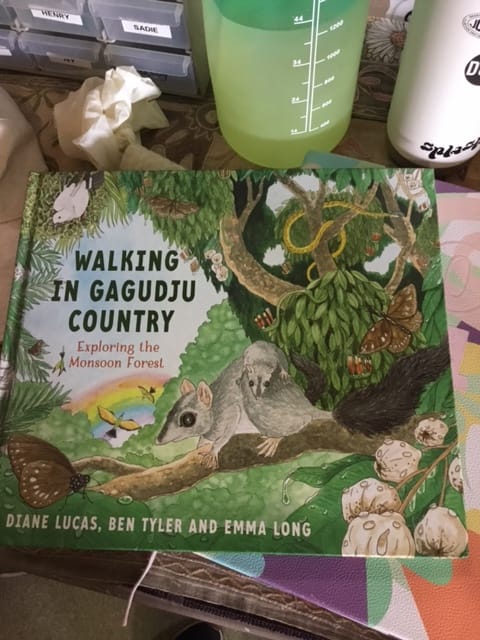



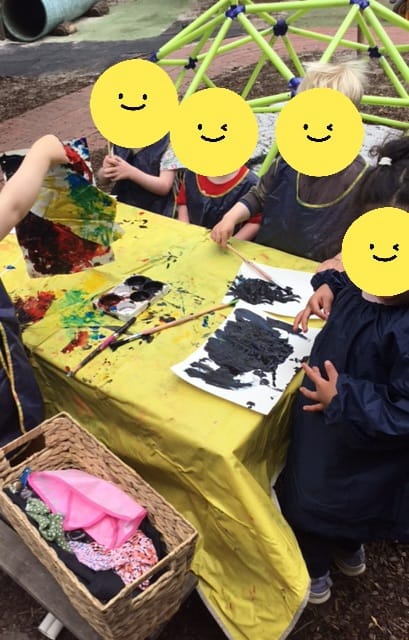
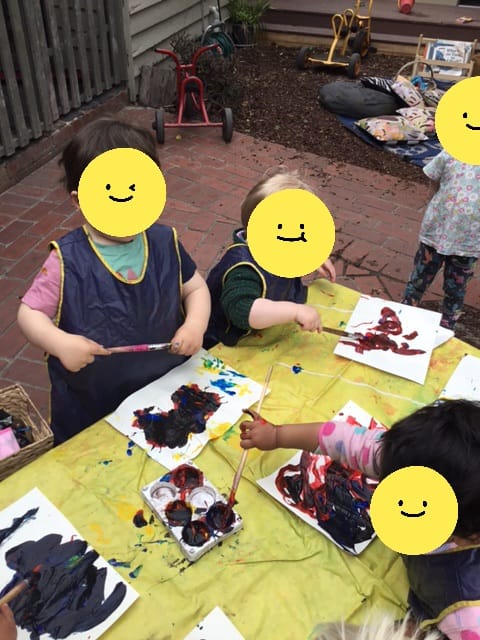
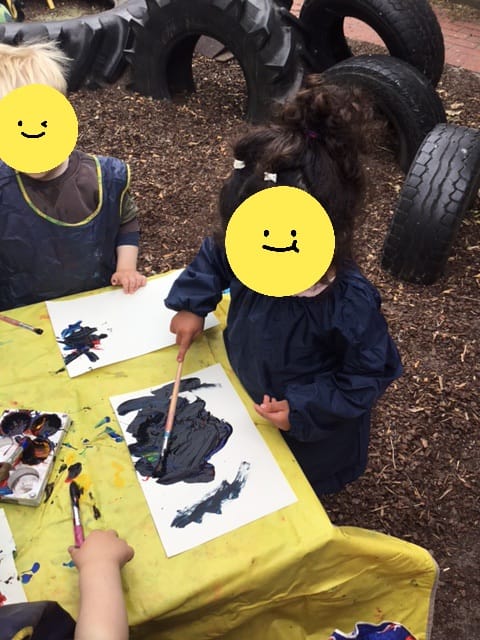
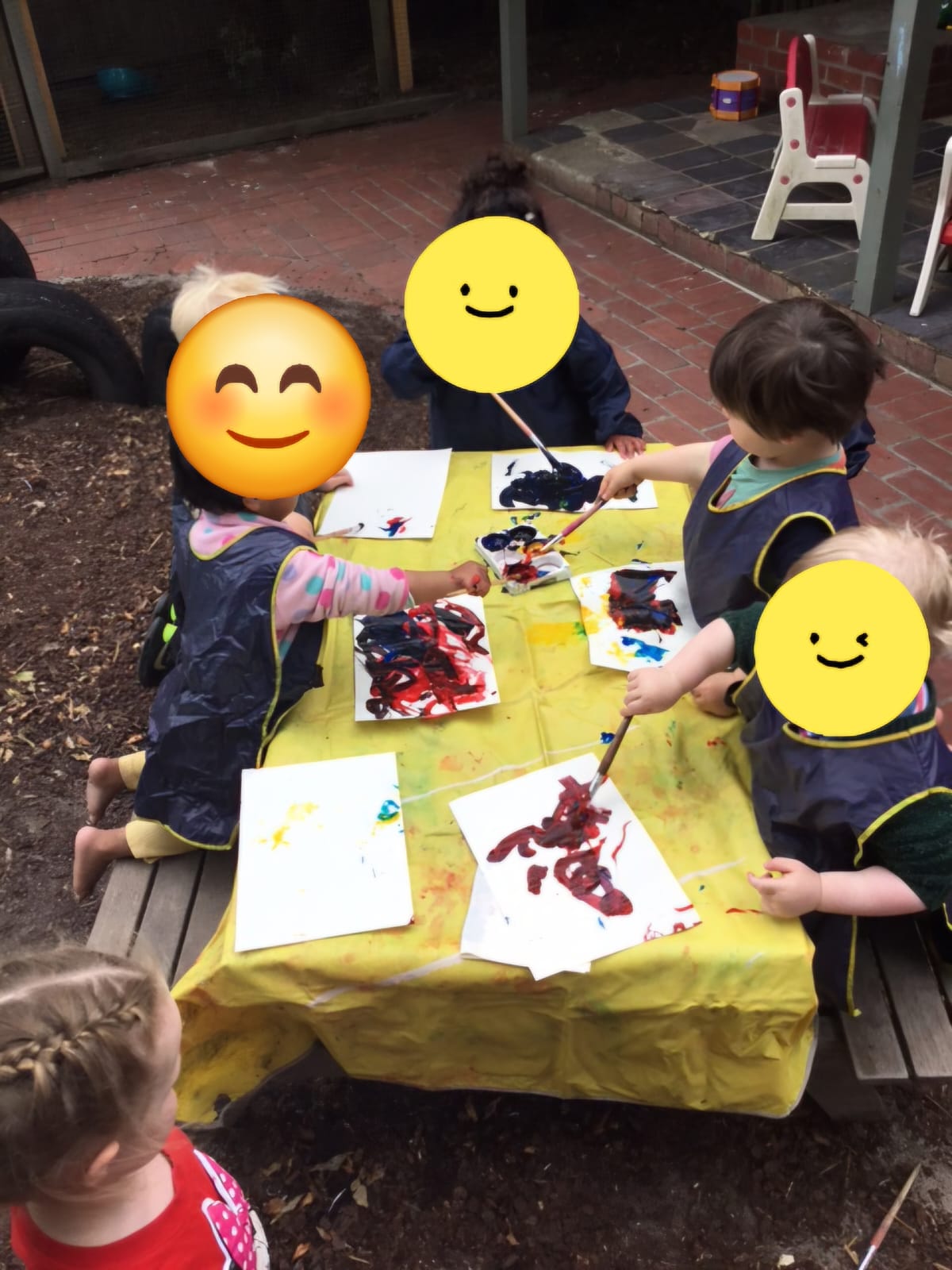
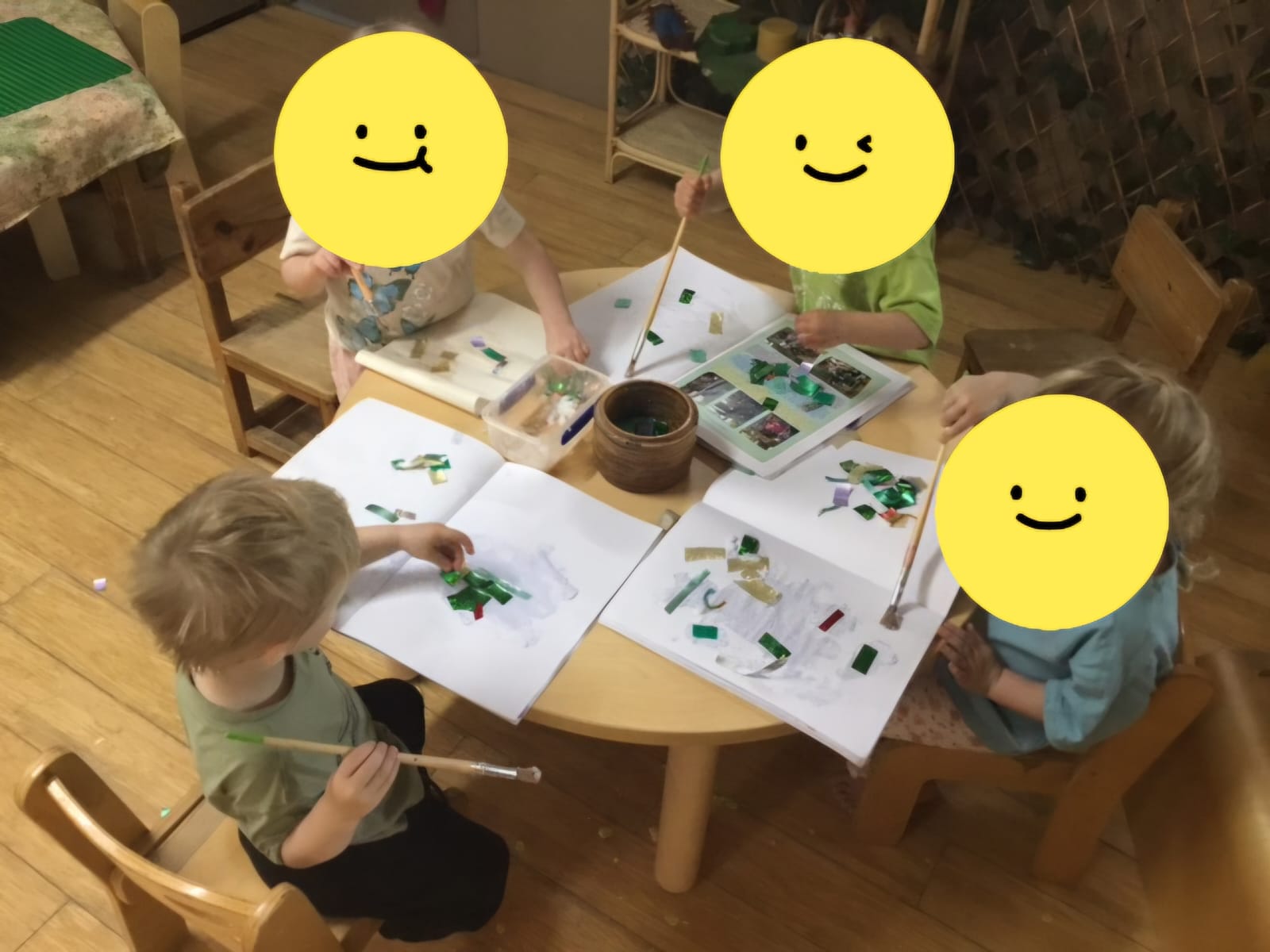
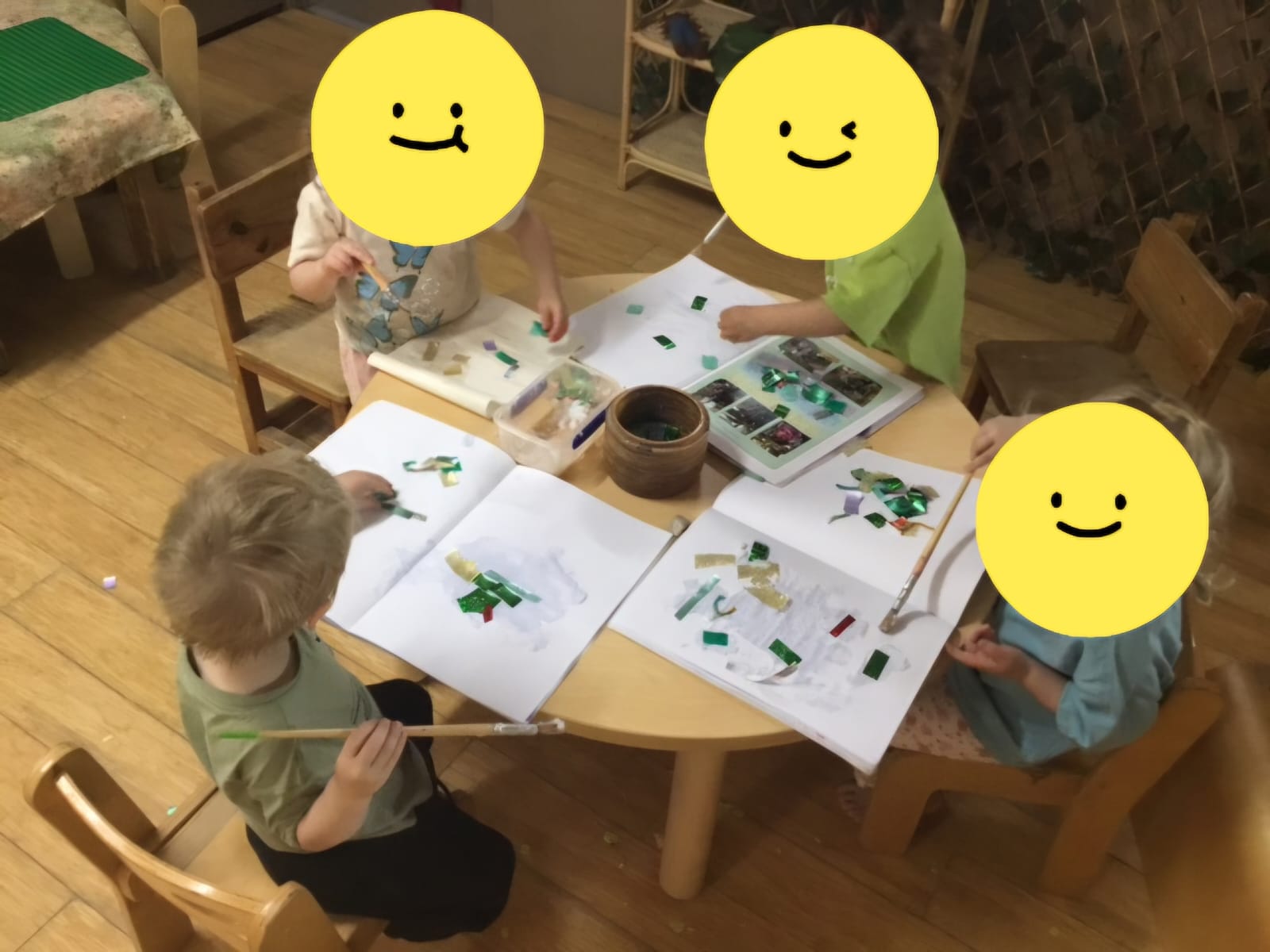
This week, I noticed a child reading a book about walking in Gagudju country (Lucas, Tyler and Long, 2021). Recognising the importance of connecting children with Indigenous cultures and the local environment, I decided to set up an opportunity for all the children to read the walking in Gagudju story together. As we enjoyed the book, I highlighted some important points about Gaagudju culture, such as the significance of the land, the various animals that inhabit the region, and the stories passed down through generations. This helped the children understand the deep connection that the Aboriginal and Torres Strait Islander peoples have with their surroundings (Vic, 2024).
After our reading session, I organized an outdoor painting activity where I encouraged the children to share what they observed in nature. One by one, they expressed what they saw: a chicken, a tree, a bird, a flower, the sandpit, and a bike. This prompted an enriching discussion about the environment and the different elements that make up the Gagudju country. The children then painted what they saw around them, bringing their observations into art(Gowrie, 2021).
Throughout the week, I set up an indoor cutting and pasting project. I provided various materials, including images of animals and plants like Gagudju country book, allowing the children to create their collages. During this activity, I spoke with the children about how Aboriginal people have traditionally used nature for resources, such as finding food and materials for shelter, emphasising the importance of respecting and protecting the environment(AGDE, 2022).
Throughout these activities, I aimed to create a bridge between the children’s experiences and the rich heritage of Aboriginal and Torres Strait Islander peoples. By integrating literature, art, and discussions about nature, we celebrated the interconnectedness of culture and the natural world, fostering appreciation and respect for our local Indigenous traditions (Community Child Care, 2011).